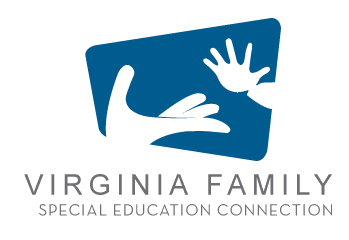Assistive Technology Devices and Services for Children With Disabilities Under the IDEA ("Dear Colleague Letter" & "Myths and Facts" - available in Spanish) & 2024 National Educational Technology Plan, U.S. Department of Education
Description:
New Video: Introducing the Office of Special Education Program's Assistive Technology Guidance and the 2024 National Educational Technology Plan (2:46 mins.)
IDEA: Assistive Technology Devices and Services for Children With Disabilities Under the IDEA (Jan. 22, 2024) - The Office of Educational Technology and the Office of Special Education Programs are pleased to share the guidance in support of children with disabilities who need assistive technology (AT) devices and services for meaningful access and engagement in education.
A Dear Colleague Letter (Jan. 22, 2024) on the provision of assistive technology devices and services for children with disabilities under the Individuals with Disabilities Education Act (IDEA).
Myths and Facts Surrounding Assistive Technology Devices and Services (Jan. 22, 2024) is designed to increase understanding of the IDEA’s AT requirements, dispel common misconceptions regarding AT, and provide examples of the use of AT devices and services for children with disabilities and to highlight the different requirements under Part C and Part B of IDEA.
2024 National Educational Technology Plan (NETP)- The 2024 NETP frames three key divides limiting the transformational potential of educational technology to support teaching and learning, including:
- The Digital Use Divide, addressing opportunities to improve how students use technology to enhance their learning, including dynamic applications of technology to explore, create, and engage in critical analysis of academic content and knowledge;
- The Digital Design Divide, addressing opportunities for educators to expand their professional learning and build the capacities necessary to design learning experiences enabled by technology; and
- The Digital Access Divide, addressing opportunities for students and educators to gain equitable access to educational technology, including connectivity, devices, and digital content. This also includes accessibility and digital health, safety, and citizenship as key elements of digital access.
The 2024 NETP maps each of the three divides to the “instructional core” (i.e., students, teachers, content) and focuses on how schools, districts, and states can use educational technology to help design learning experiences that improve student access to educational opportunities and their outcomes. The NETP provides action-oriented recommendations for states, districts, and school leaders alongside examples from all 50 states, the District of Columbia, and several Territories for addressing disparities in educational technology and closing the three divides.





